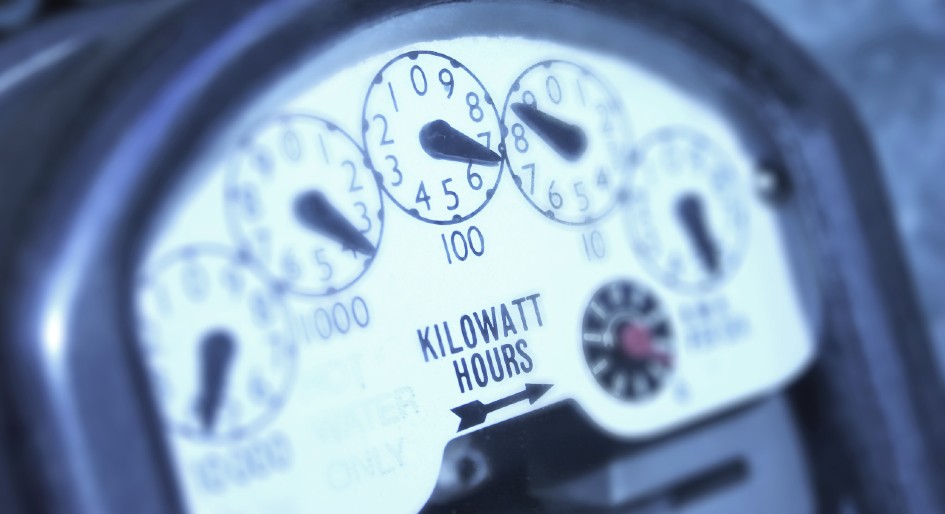Condo corporations in Ontario have more opportunities to manage their energy costs amidst the challenges of COVID-19 and potentially keep maintenance fees in check. As directed by the provincial government, the Independent Electricity System Operator (IESO) rolled out a list of new electricity conservation and demand management (CDM) programs on January 1, 2021.
This 2021-2024 CDM framework was devised to reduce peak demand and bring guidance and new incentives to electricity-saving projects. Over the four-year period, the CDM framework is aiming for more than 2,509 gigawatt-hours in energy savings and almost 410 megawatts of peak demand reduction from the industrial, commercial, institutional (ICI) sectors.
The budget currently allocates a total $692 million (up to $457 million for ICI consumers and other yet-to-be-announced “consumer solutions”) and includes key updates to condo-related areas: a prescriptive retrofit program and new whole-building saving incentives through the energy performance program. Previous funding which directly supported 150 energy managers will veer to other uses. After 2022, companies must use their own funds to reimburse embedded energy managers, but will be offered “an enhanced level of technical support and resources.” It’s a move some see as more short-sighted.
“People will point to this as creating savings for the rate payer,” says Rob Detta Colli, manager of energy and sustainability with Crossbridge Condominium Services. “However, it effectively ends a program that has been proven to be one of the cheapest ways to reduce energy usage for the province. Peak consumption in Ontario is still an issue, and the generating stations are not getting any younger.”
Speaking from personal experience, he says that being able to attack energy consumption and peak demand from within his company’s portfolio has not only generated millions of dollars in savings directly to condo owners and benefited the province, but also increased the capability of the entire company. “Having one energy manager supporting all of the property managers means we’ve got 250 “mini” energy managers out there.”
Incentive pathways
Looking at prescriptive retrofits, to which the majority of CDM funding is geared, there are now more energy efficiency measures to choose from across three streams: lighting, HVAC and other equipment such as motors and variable frequency drives. The program is also expected to have quicker pre-approvals and payments. Incentive levels are predefined and based on the amount of energy or demand savings of the new equipment. As such, the program eliminates the previous custom track, which could leave behind some gaps.
“The custom track allowed the dollar value of the incentive to be proportionate to the savings— if you showed more savings, you got a larger incentive,” says Detta Colli. “The only choice now is a prescriptive system that should make the application and approval process simpler. But prescriptive incentives tend to provide significantly less funds. It looks like the incentives for lighting will be reduced by 20 per cent.
“The pay-for-performance energy performance program could fill the gap left behind by the elimination from the custom track. But I see that requiring quite a bit of work to make this successful in the condominium segment where the cycle time on projects is very long.”
Incentives through the energy performance program are now offered for three years compared to a previous prorated iteration. As long as an application is approved by December 2024, the IESO will offer a three-year agreement until the end of 2027.
The incentive is $0.04 cents per kilowatt-hour (kWh) annually for metered energy savings relative to the baseline energy use determined at the beginning of the contract. It will also pay $50/kWh for peak demand reduction and provide upfront payments for capital improvements and energy management practices. Condos would first need to create a baseline energy model then take a deep dive into savings, which could look at operational, capital and behavioural.
“What I like to stress is a kilowatt hour is a kilowatt hour, and we’re going to pay you every year based on what you save,” said Robert Edwards of the IESO, who spoke at a recent CAI Canada seminar: The Importance of Energy Audits and Available Government Incentives for Condo Corporations.
Condos are asked to commit to saving at least five per cent energy by the end of year two, with “data normalized for weather and significant building operations.” If this feat is achieved in year one, condos that maintain this mark would reap the $0.04 kWh incentive for the following two years. “That is money you can invest for tenant engagement or programs or maintenance, capital projects and best practices, all of which can lead to savings,” said Edwards. “If you’re going to go down this path, it’s beneficial to do as much saving as you can upfront in year one so you get to account that year over year.”
Deciphering sound investments
Often, the first step in understanding how to make a condo less of an energy hog is an energy audit. It’s also hard to know which investments might make the most sense.
Some retrofits bring a two-year payback or less; others incur savings that are difficult to quantify or could involve “out-in-left-field” technologies that have yet to be proven, advised Fan Fong, director of energy management at Complete Energy Solutions and another panelist at the CAI Canada event. “You need a firm number to present to your board, and you can’t exactly present something that will not guarantee some sort of return or have numbers rooted in reality.”
Similar to a yearly doctor’s physical, a good energy audit, he adds, should answer two main questions: how efficient is the building and what are the small changes with the shortest payback period. In an ever-changing digital marketplace, an audit should occur every five years to account for shifts.
Efficiency metrics include analyzing a corporation’s historical energy usage and tools like the Energy Usage Intensity score generated through the Energy Water and Reporting Benchmarking (EWRB) initiative. Corporations can see where their building sits on the energy efficiency spectrum, for instance, higher consumption during winter compared to others in its peer group.
How conservation funds best suit a condo can be tricky to determine. Not all measures are created equal. As Fong noted, some have a payback of one to five years; others, like solar panels, might have a payback of eight years, and some, like windows, have a payback of 20 years. “Depending on how much energy your building actually uses, some might not make sense whatsoever,” he added. Take heat recovery systems, for example, which could have a payback of more than 30 years. “If the payback exceeds the useful life of the equipment, it’s not a worthwhile investment; you’ll lose money.”
If they haven’t already done so, condos should consider implementing high-payback items like variable frequency drives and building automation systems. For LED retrofits, next generation fixtures are worth considering, especially in the case of botched colour temperatures from a previous job.
“There have been some condominiums that have saved an additional 30 to 40 per cent off their hydro consumption usage with new type of fixtures available in the marketplace,” said Emmanuel Eframidis, CEO of Complete Group of Companies. “So, just because a condo has done a lighting retrofit 10 years ago, doesn’t mean it’s not worthwhile or beneficial economically to do another one.”
The prescriptive incentive for lighting also pays more for areas overlooked under the custom track, such as mechanical and communication rooms and some outdoor stairwells, which often operate 24/7. Fong pointed out these spaces could benefit under the new track because corporations will be paid a fixed amount, not through savings.
Looking at how energy upgrades impact a building long-term, he showcased one condo where the operating fund was $1 million annually. Post-retrofit, the budget decreased to $850,000. “This building is banking $150,000 a year,” he said. “Adding that up and factoring in inflation over the next 20 years, you’re looking at more than $3.8 million of savings.” That’s including incentives and minus the project cost.
Amidst the aging stock of condos, even fancier new builds aren’t immune to wasteful equipment. Having conducted hundreds of energy audits and served as a condo board president for 11 years, Eframidis said newer condos can be highly inefficient.
“Buildings that have been constructed over the last six or seven years that you may think are efficient in nature, it’s the exact opposite,” he says, adding, there are always at least one to three problem areas that result in a payback of less than two years.
Retrofit Budgeting
While some retrofits bring a one-year payback, other energy conservation projects in need of budgeting could look to incentives like flexible financing. “The one catch I strongly advise property managers of is there is no such thing as a free lunch,” said Fong. “If someone offers zero capital upfront, they’re going to make it on the back-end somehow. Guaranteed savings do come at a cost to residents.”
Unfortunately, there is often the “obvious” retrofit, one that interferes with residents’ daily lives. “If it floods your department with complaints, it’s not a good retrofit,” he said. “When you sign on to one of these guarantees, you’re going to be facing exit fees or married to them for the next few years. They may also operate equipment below manufacturer recommended levels and cause damage.”
Contracts should be scrutinized, as many won’t cover damaged equipment. Many will offer a deductible only for repairs and service calls. In turn, emergency calls can also bring unplanned expenses to operating budgets.






